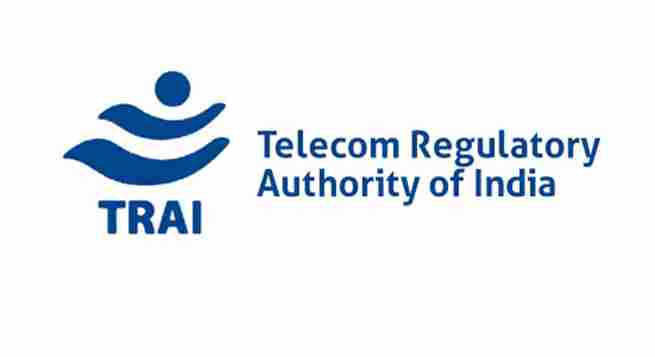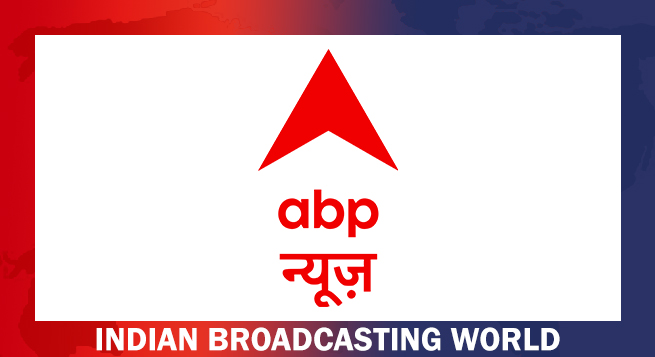The Telecom Regulatory Authority of India (TRAI) recently released its recommendation on the ‘Licensing Framework’ for satellite-based connectivity for low-bit rate applications.
The Department of Telecommunications (DoT) had earlier asked the sector regulator to come out with a list of recommendations on the licensing framework so that the provisioning of satellite-based connectivity for low-bit rate applications for both commercial and captive usage, the letter dated on November 23, 2020, where DoT has requested TRAI under section 11(1) (a) of the TRAI act to examine all the factors holistically and make recommendations.
Where the low-bit-rate applications and IoT devices require lost cost, low power, and small size terminals that can effectively perform the task of the signal transfer with minimum loss. Many sparsely populated areas with important economic activities suited for IoT-related services may not have terrestrial coverage or other forms of connectivity. Therefore, Satellites can help bridge this gap by providing coverage to even the most remote areas and will help in fulfilling connect India mission.
TRAI had initially issued a consultation paper on March 12 inviting comments and counter-comments from stakeholders by May 7. The consultation paper covered issued related to different models of provision of satellite-based connectivity, various orbits, frequency bands for Low Bit Rate applications.
TRAI said in a media statement, “The authority received 29 comments and four counter comments from various stakeholders. An Open House Discussion (OHD) was also convened on the issue raised in the Consultation Paper dated June 2 2021 through video conferencing.”
On this, regulators have recommended that for the provision of satellite-based connectivity for IoT and low-bit-rate applications, the relevant service licensed may provide connectivity as per the scope of their authorization for any kind of network topology model including hybrid mode, aggregator model, and direct-to-satellite model.
All types of satellite – Geo Stationary Orbit (GSO) and Non-GSO (NGSO) satellites and any of the permitted satellite frequency bands may be used for providing satellite-based low-bit-rate connectivity. The services licenses should be permitted to obtain satellite bandwidth from foreign satellites in all the permitted satellite bands to provide satellite-based services.
It also recommended that the relevant existing authorizations under the Unified Licensing framework may be suitably amended for enabling the satellite-based low-bit-rate connectivity
The government may come out with a road map detailing the schedule of the launch of communication satellites and the availability of the domestic satellite capacities in India to facilitate the service licensees to plan and optimize their capacity procurement.
Other recommendations include measures to make the services cheaper and affordable like permitting the hiring of foreign capacities for a longer period as per need instead of three to five years, removal of facilitation charges by the government when hiring foreign capacities from the approved list of foreign satellites/satellite systems, etc.
According to TRAI, DoT should also put in place a comprehensive, simplified, end-to-end coordinated, single window online portal for all the agencies involved in the grant of various approvals/permissions, etc., like DoS, DOT, WPC, and NOCC, wherein the service licensees can place their request and the agencies respond online in a transparent and time-bound manner.
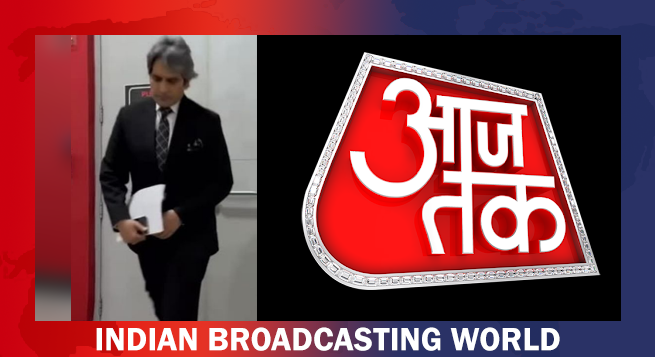 Sudhir Chaudhary steps down from Aaj Tak, begins new chapter with DD News
Sudhir Chaudhary steps down from Aaj Tak, begins new chapter with DD News 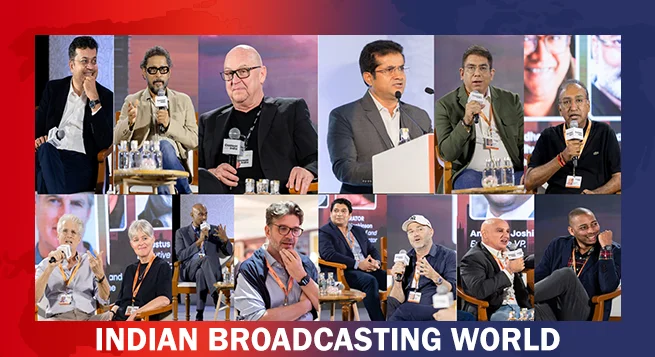 Dish TV’s Content Summit brings global spotlight to Indian M&E
Dish TV’s Content Summit brings global spotlight to Indian M&E  Rahul Kanwal quits TVTN; rumoured to be joining NDTV group
Rahul Kanwal quits TVTN; rumoured to be joining NDTV group  Now, Netflix shows on TV have more language options
Now, Netflix shows on TV have more language options  WAVES ‘Create in India Challenge’ crosses 85k registrations
WAVES ‘Create in India Challenge’ crosses 85k registrations  DD FreeDish subs base 49mn homes; likely to reach 53mn: FICCI-EY report
DD FreeDish subs base 49mn homes; likely to reach 53mn: FICCI-EY report 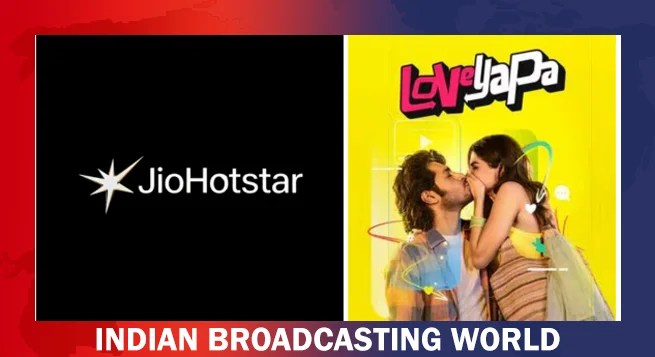 ‘Loveyapa’ to stream on JioHotstar
‘Loveyapa’ to stream on JioHotstar  Sonali Bendre to release ‘Book of Books’ on April 23
Sonali Bendre to release ‘Book of Books’ on April 23 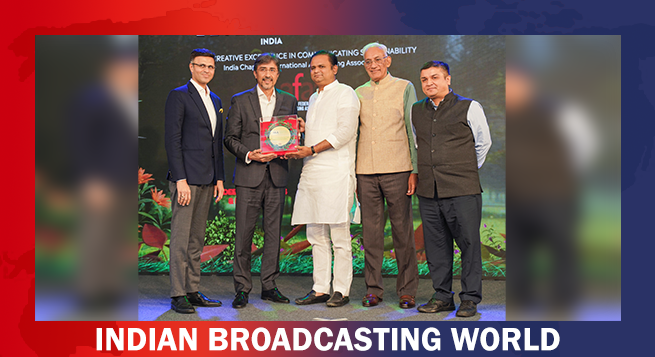 Adani Group bags 4 Golds at IAA Olive Crown Awards
Adani Group bags 4 Golds at IAA Olive Crown Awards 


